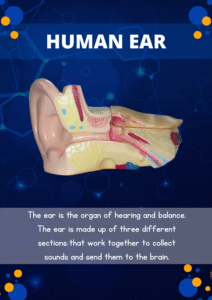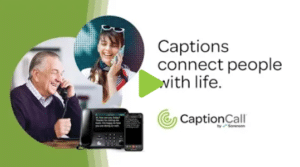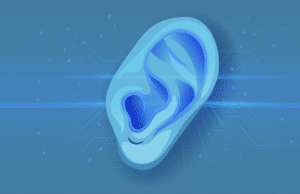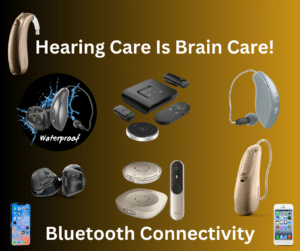Hearing aid fitting and adjustment is a critical process that involves several steps to ensure that the hearing aid meets the individual’s specific needs and preferences.
Here’s a detailed explanation of each step:
Initial Consultation and Assessment: The process typically begins with an initial consultation with a Hearing Aid Specialist professional. During this consultation, the individual’s hearing history, lifestyle, communication needs, and expectations are discussed. The Hearing Aid Specialist professional may also conduct a thorough examination of the ears to check for any medical issues that may need to be addressed before fitting the hearing aids.
Audiometric Testing: Audiometric testing is conducted to measure the individual’s hearing levels across different frequencies and determine the extent and nature of their hearing loss. This testing typically involves pure-tone audiometry, speech audiometry, and possibly other tests like tympanometry to assess middle ear function.
Selection of Hearing Aids: Based on the results of the audiometric testing and the individual’s preferences and lifestyle needs, the audiologist will recommend suitable hearing aid options. Factors such as the type and degree of hearing loss, cosmetic preferences, budget, and technological features desired by the individual are taken into consideration.
Custom Ear Molds or Impressions: For certain types of hearing aids, such as in-the-ear (ITE) or completely-in-canal (CIC) models, custom ear molds or impressions may be required. These molds are made to ensure a comfortable and secure fit of the hearing aids within the individual’s ear canal.
Hearing Aid Fitting: Once the hearing aids are selected and any necessary customizations are made, the fitting appointment is scheduled. During this appointment, the Hearing Aid Specialist professional will physically place the hearing aids in the individual’s ears and make initial adjustments to ensure proper fit and comfort. They will also verify that the hearing aids are functioning correctly and provide instructions on how to use and care for them.
Programming and Adjustments: Modern hearing aids are programmable devices that can be customized to the individual’s specific hearing needs. The Hearing Aid Specialist professional will use computer software to adjust various parameters of the hearing aids, such as amplification levels, frequency response, noise reduction settings, and feedback cancellation. These adjustments are based on the individual’s audiometric results, feedback from the individual during real-world listening situations, and the Hearing Aid Specialist’s professional judgment.
Real-World Testing and Follow-Up: After the initial fitting, the individual is encouraged to wear the hearing aids in different listening environments to assess their performance and comfort. Follow-up appointments are scheduled to review the individual’s experiences with the hearing aids, make any necessary adjustments, and provide ongoing counseling and support. Multiple follow-up visits may be needed to fine-tune the settings and ensure optimal performance and user satisfaction.
Overall, the fitting and adjustment process is a collaborative effort between the Hearing Aid Specialist and the individual, aimed at achieving the best possible hearing outcomes and improving the individual’s quality of life through better communication and engagement with the world around them.




 eethoven, one of the greatest composers of all time, famously composed some of his most renowned works while experiencing profound hearing loss. And did you know that famous musicians like Brian Wilson of The Beach Boys and Will.i.am of The Black Eyed Peas also use hearing aids to continue making music that inspires millions?
eethoven, one of the greatest composers of all time, famously composed some of his most renowned works while experiencing profound hearing loss. And did you know that famous musicians like Brian Wilson of The Beach Boys and Will.i.am of The Black Eyed Peas also use hearing aids to continue making music that inspires millions?


